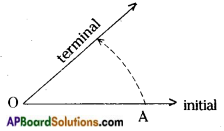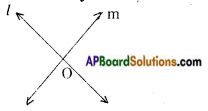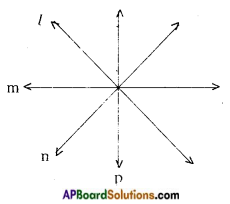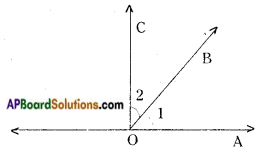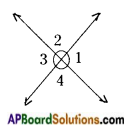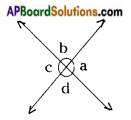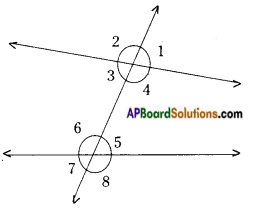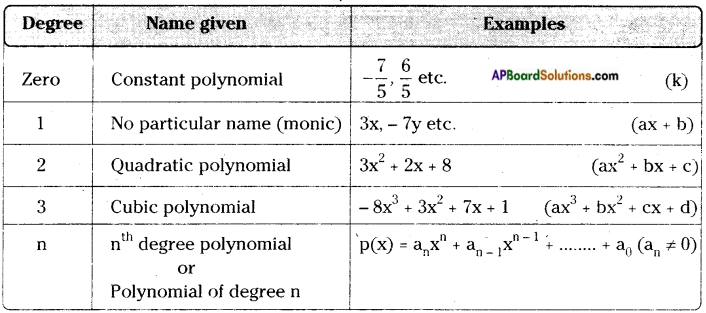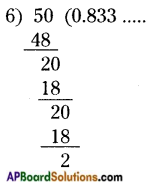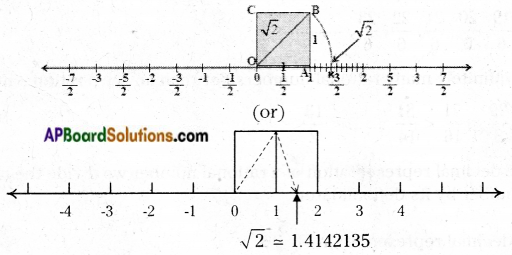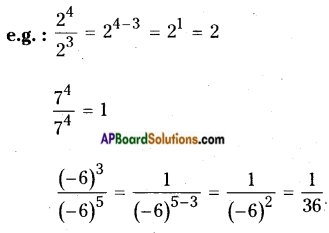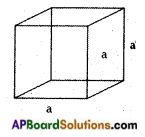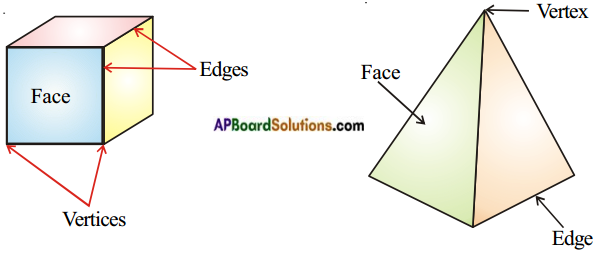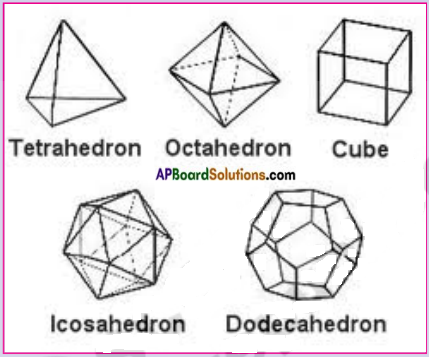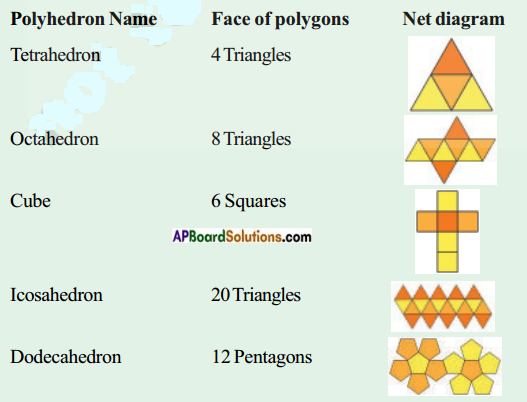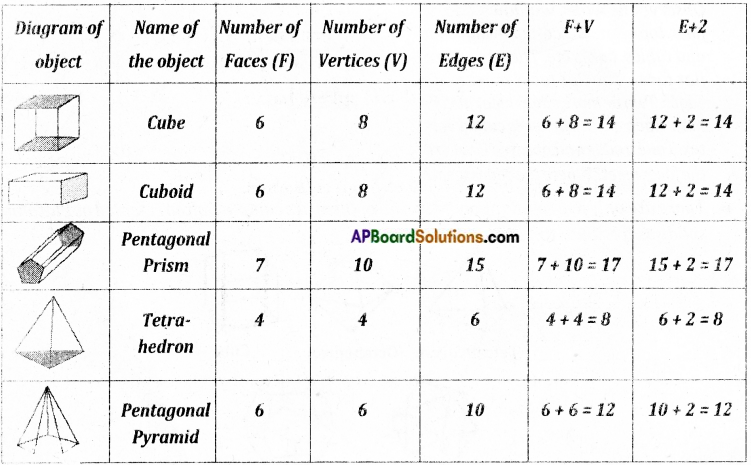Students can go through AP Board 9th Class Maths Notes Chapter 6 Linear Equation in Two Variables to understand and remember the concepts easily.
AP State Board Syllabus 9th Class Maths Notes Chapter 6 Linear Equation in Two Variables
→ Equations like x + 7 = 10; y + √3 = 8 are examples of linear equations in one variable.
→ If a linear equation has two variables then it is called a linear equation in two variables. Eg.: 3x – 5y = 8; 5x + 7y = 6 ….
→ The general form of a linear equation in two variables x and y is ax + by + c = 0; where a, b, c are real numbers and a, b are not simultaneously zero.
→ Any pair of values of x and y which satisfy ax + by + c = 0 is called the solution of linear equation.
→ An easy way of getting two solutions is put x = 0 and get the corresponding value of y. Similarly put y = 0 and get the value for x.
![]()
→ The line obtained by joining all points which are solutions of a linear equation is called graph of linear equation.
→ Equation of a line parallel to X-axis is y = k. (at a distance ‘k’ units)
→ Equation of a line parallel to Y-axis at a distance of k – units is x = k.
→ Equation of X-axis is y = 0 and Y-axis is x = 0.
→ The graph of x = k is a line parallel to Y-axis at a distance of ‘k’ units and passing through the point (k, 0).
→ The graph of y = k is a line parallel to X-axis at a distance of k – units and passing through the point (0, k).


